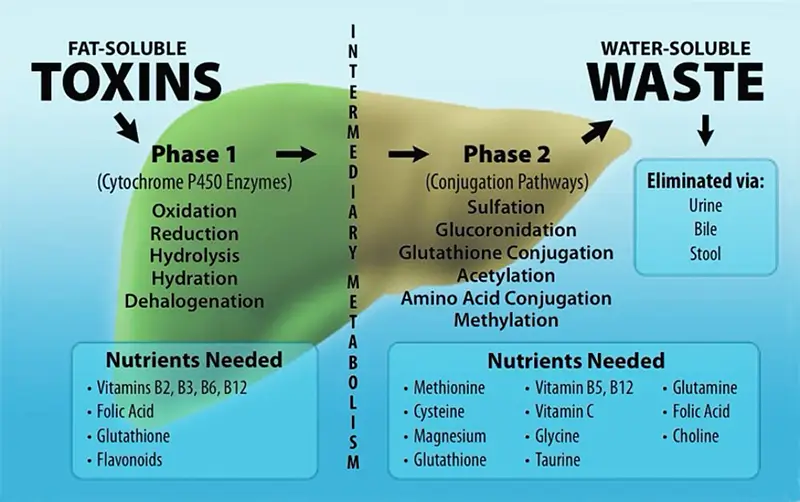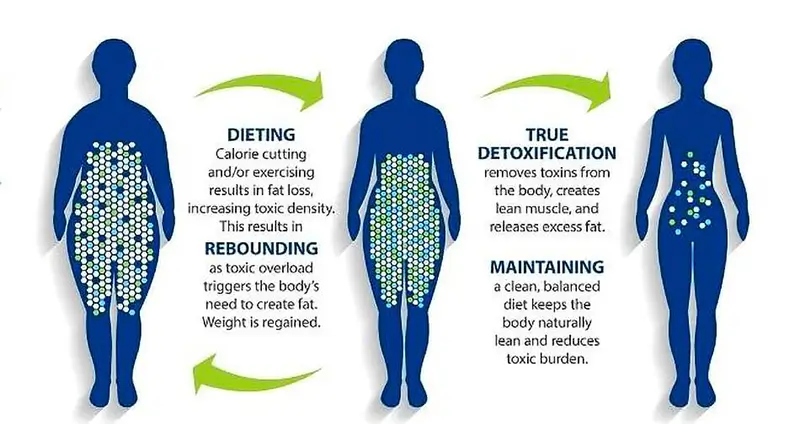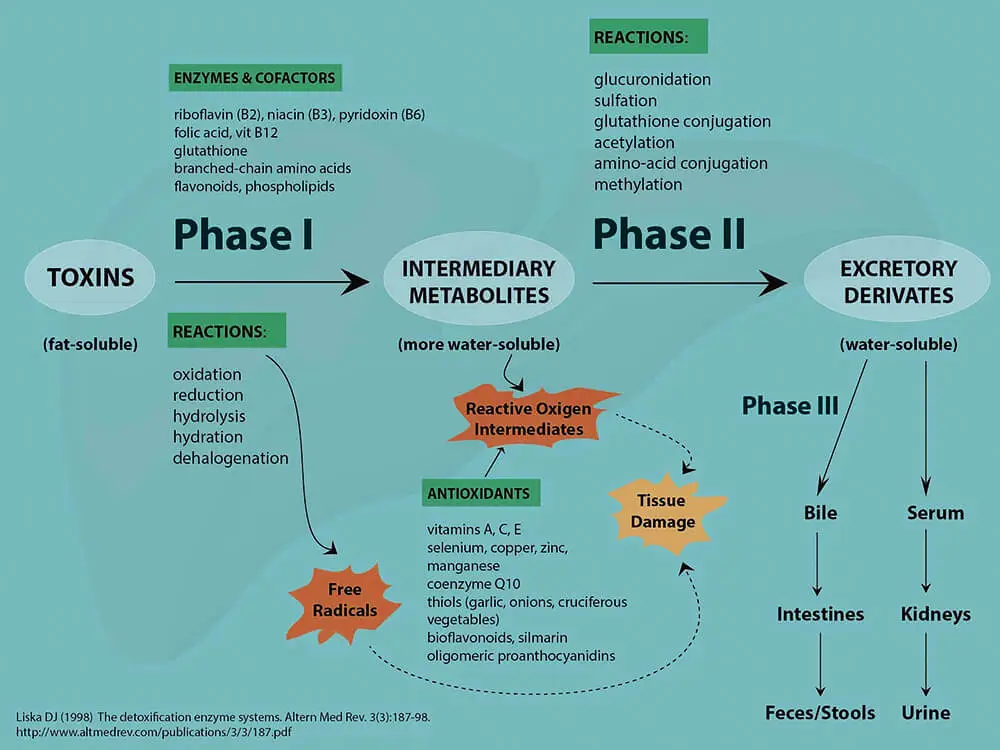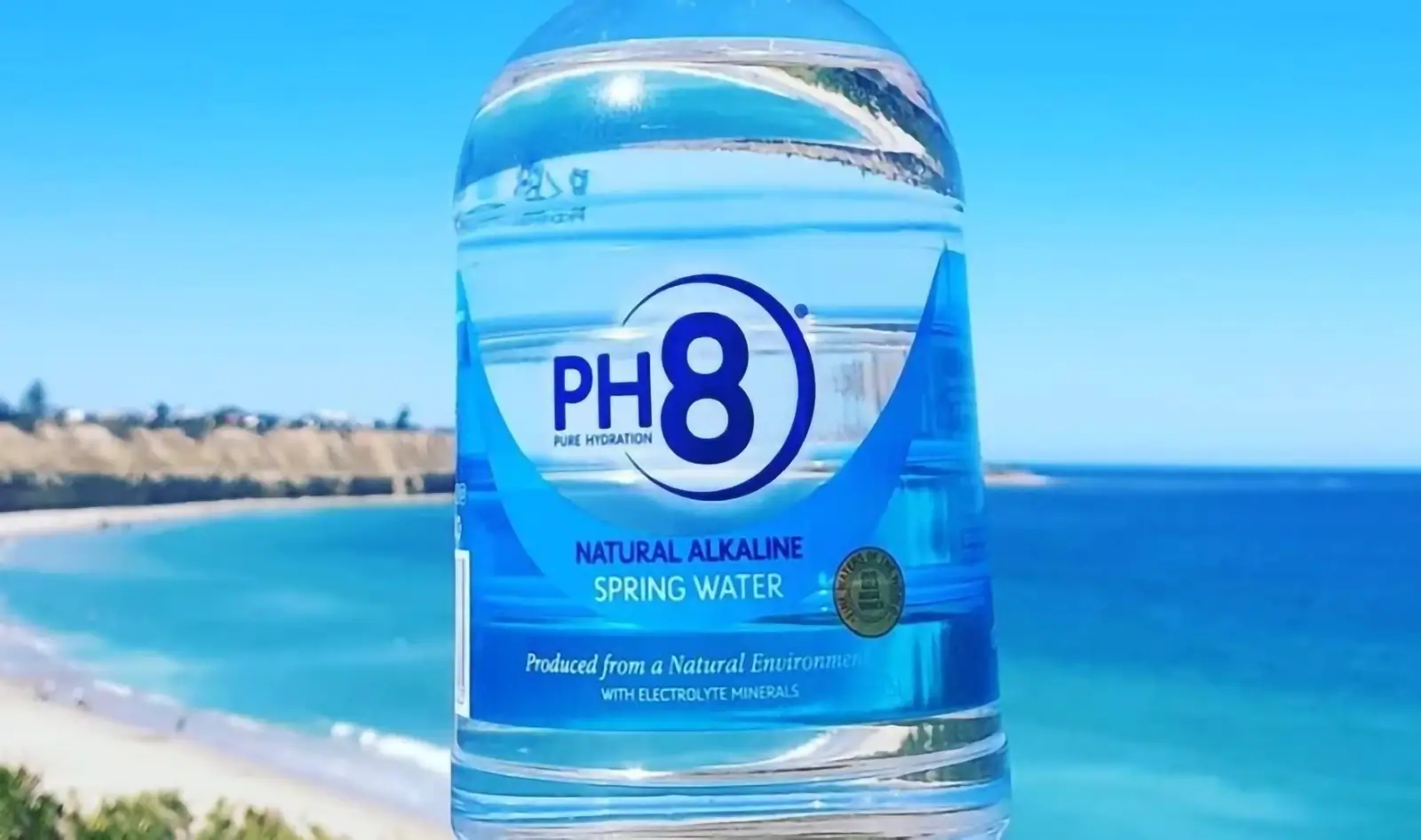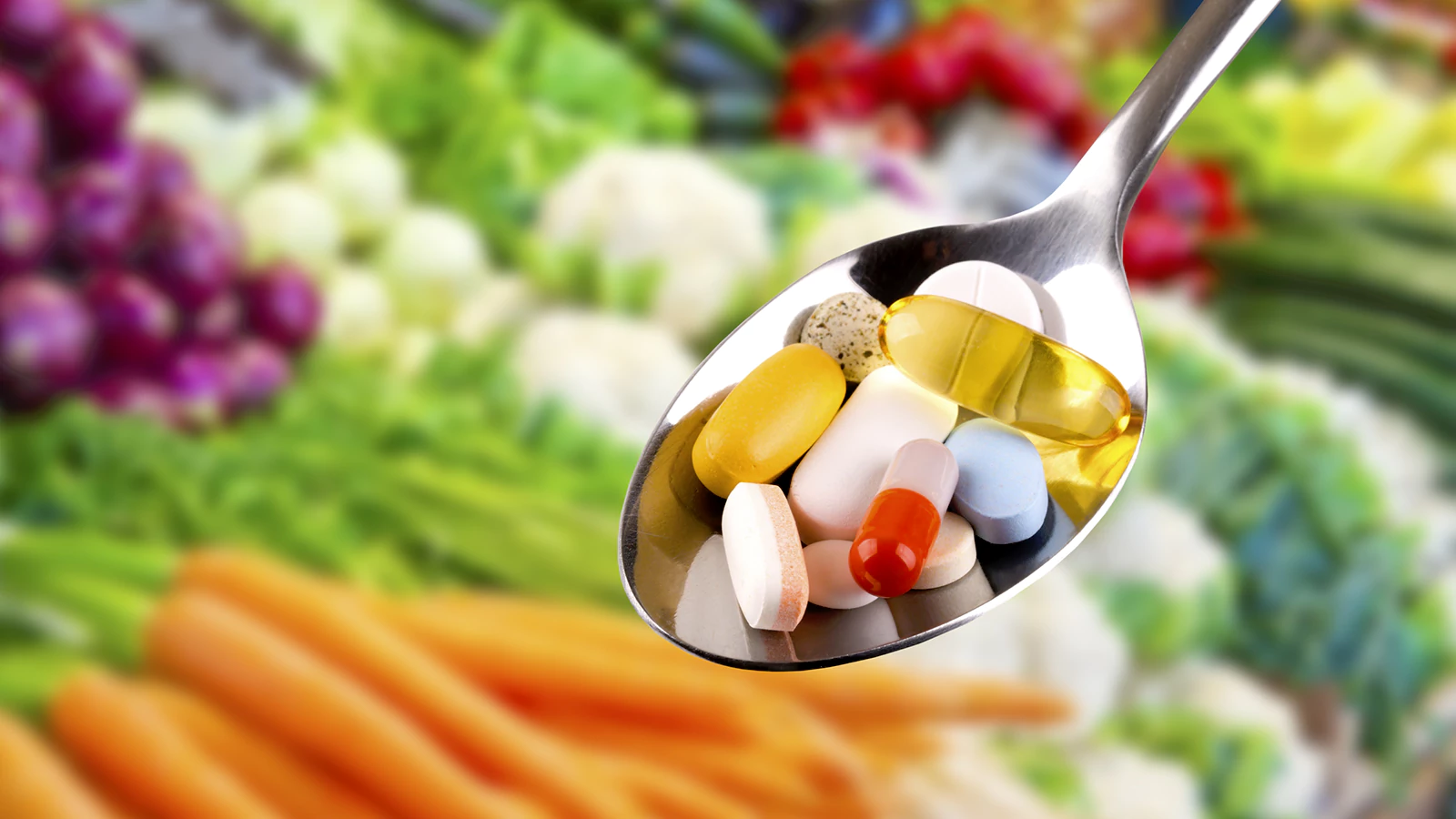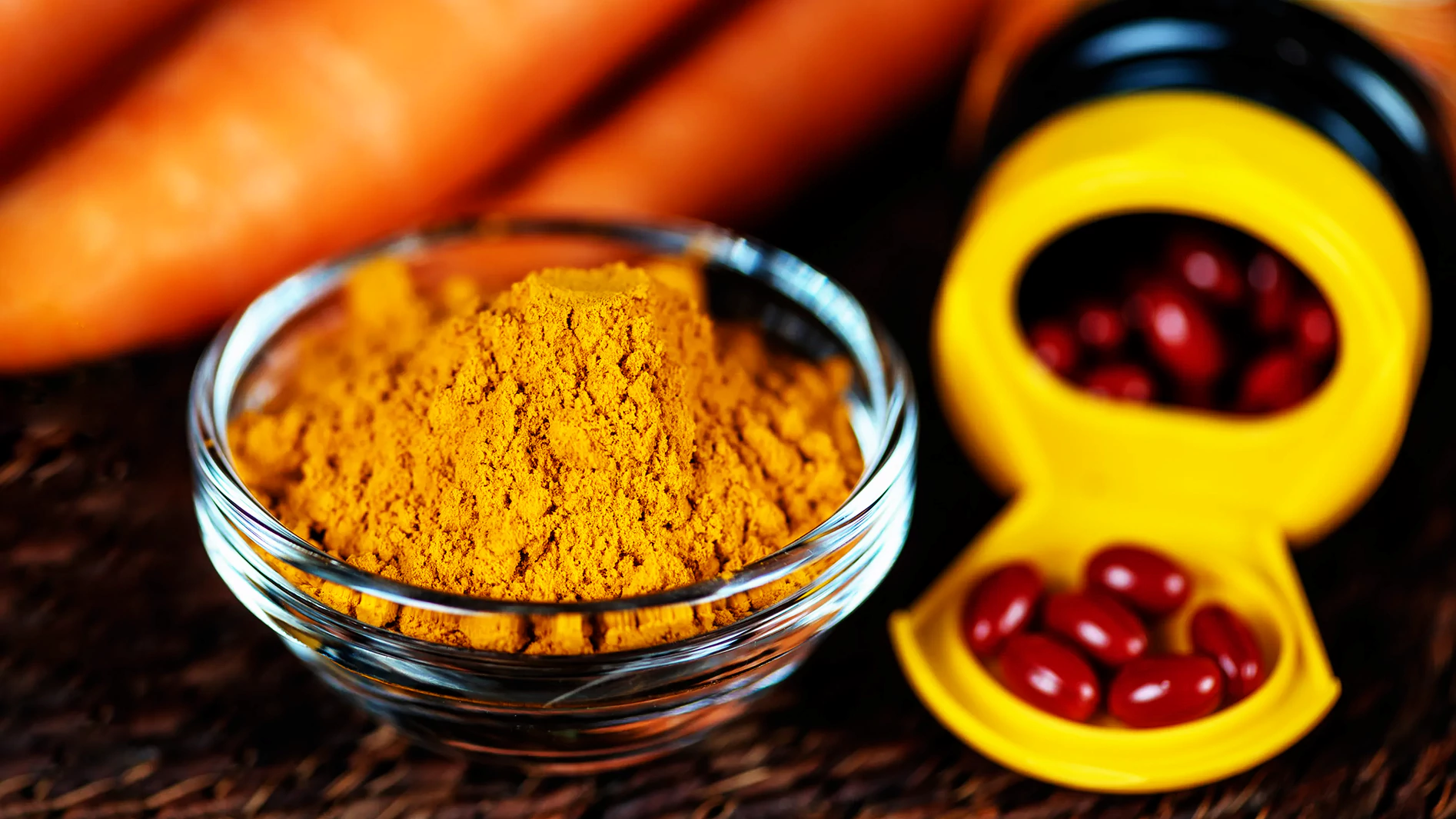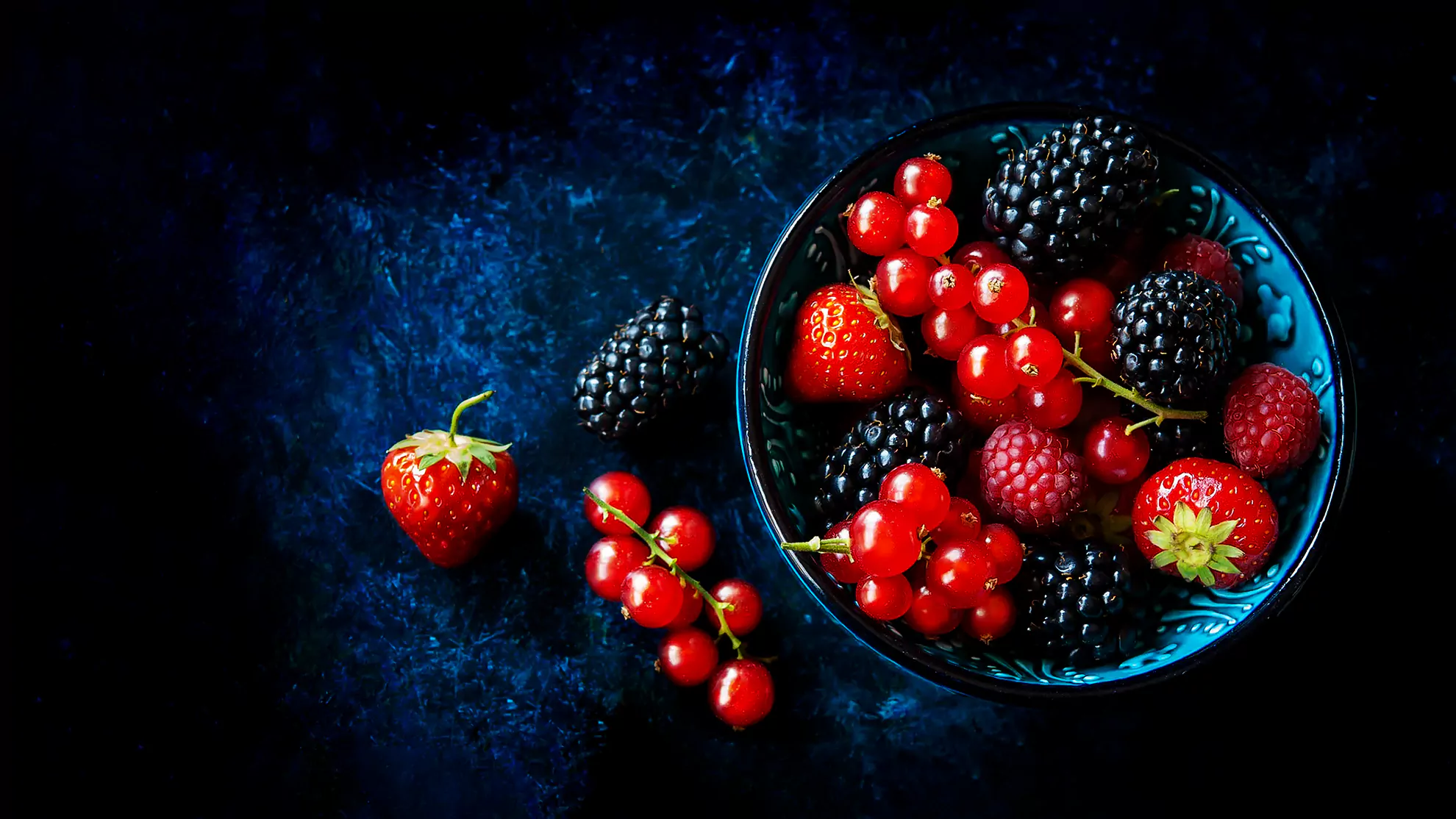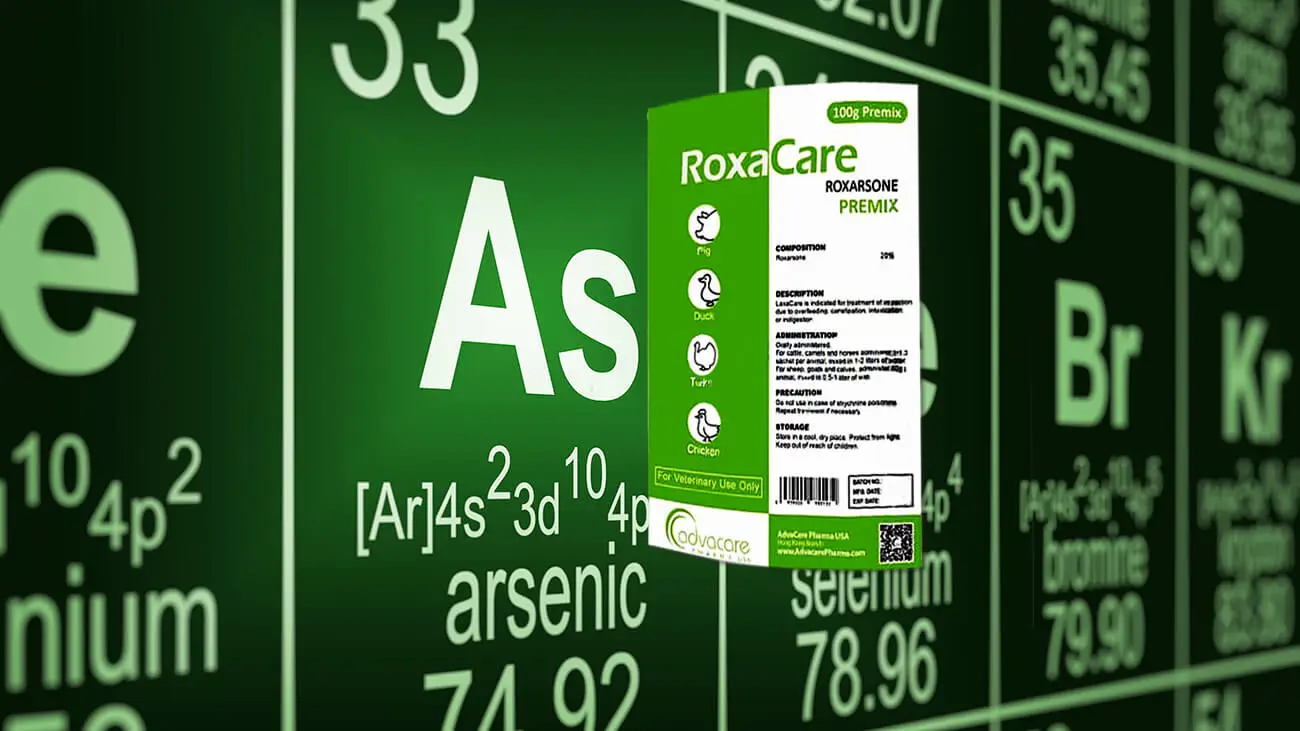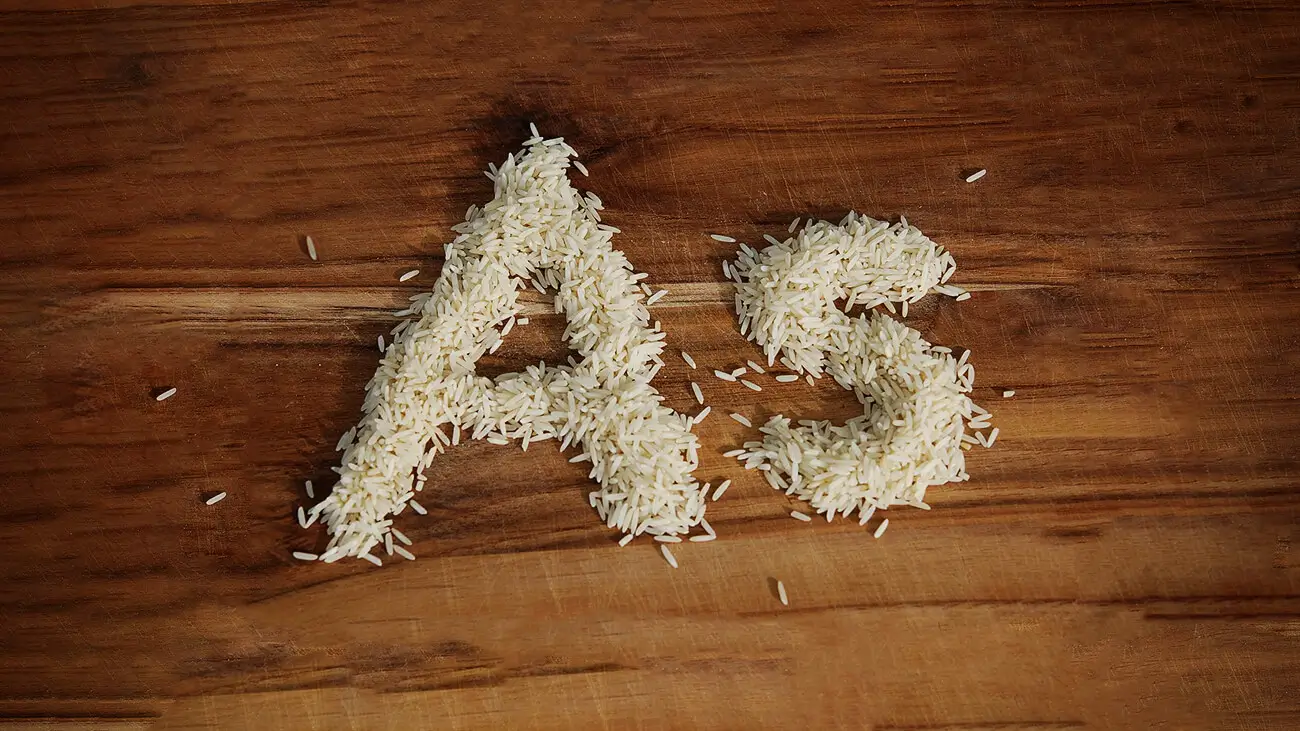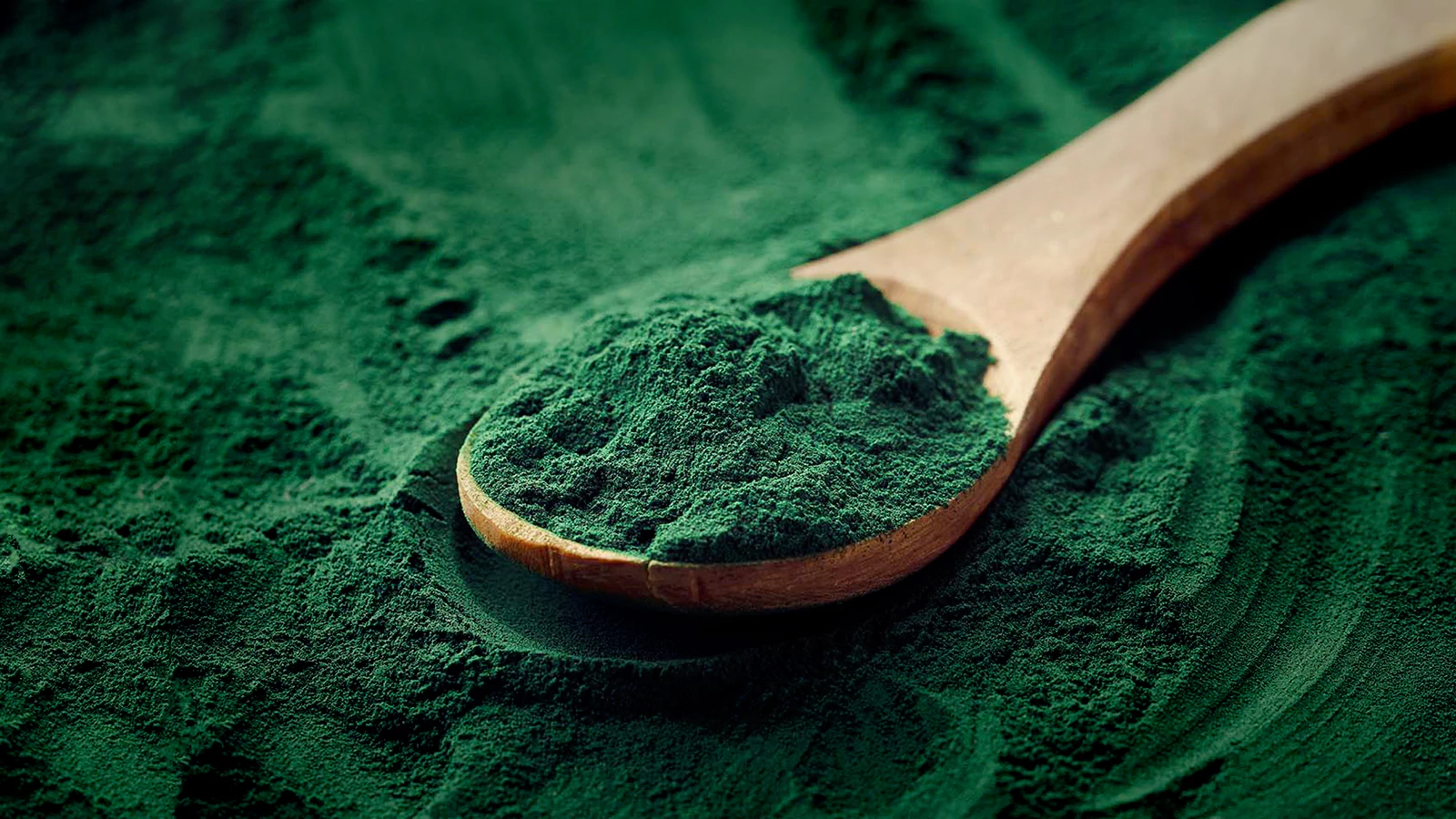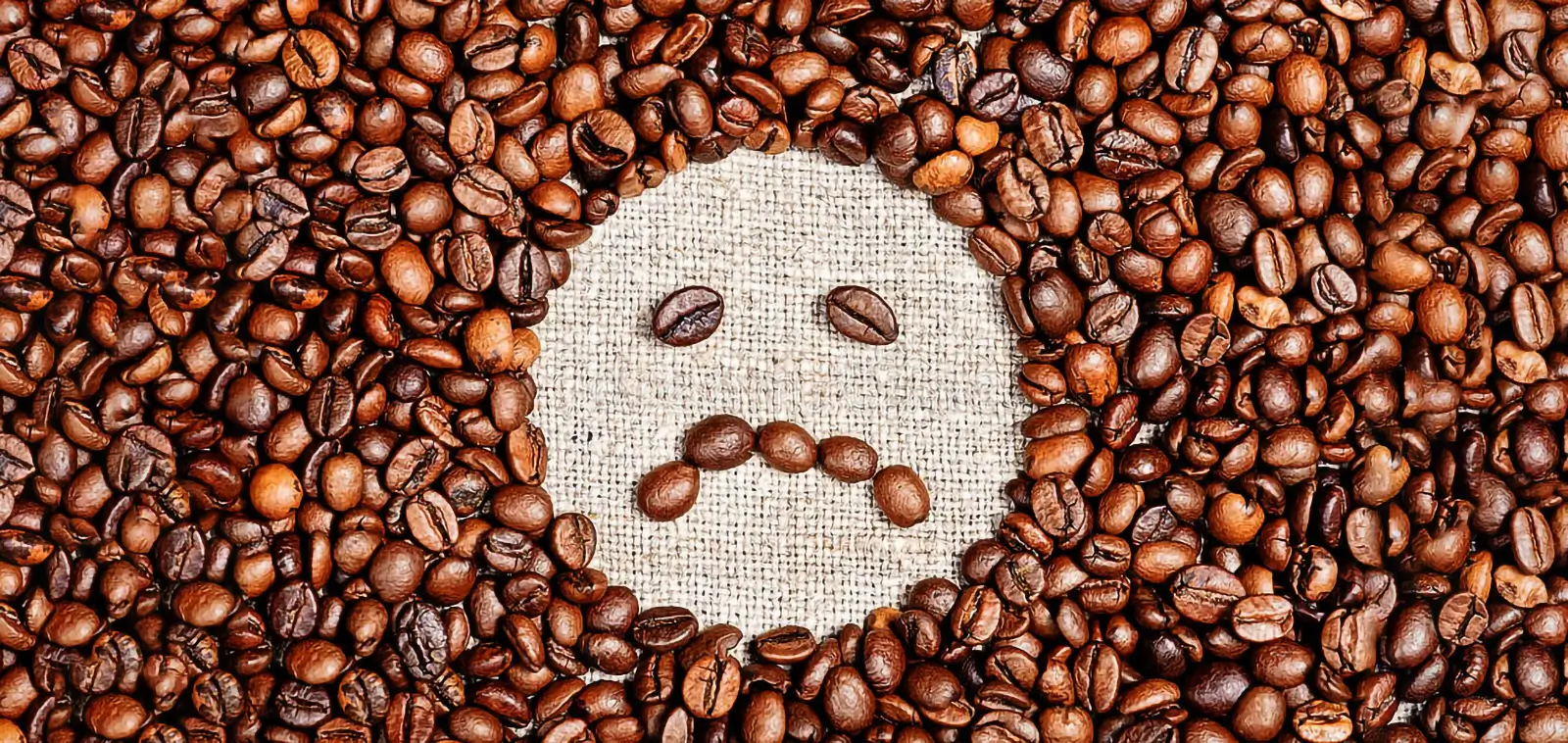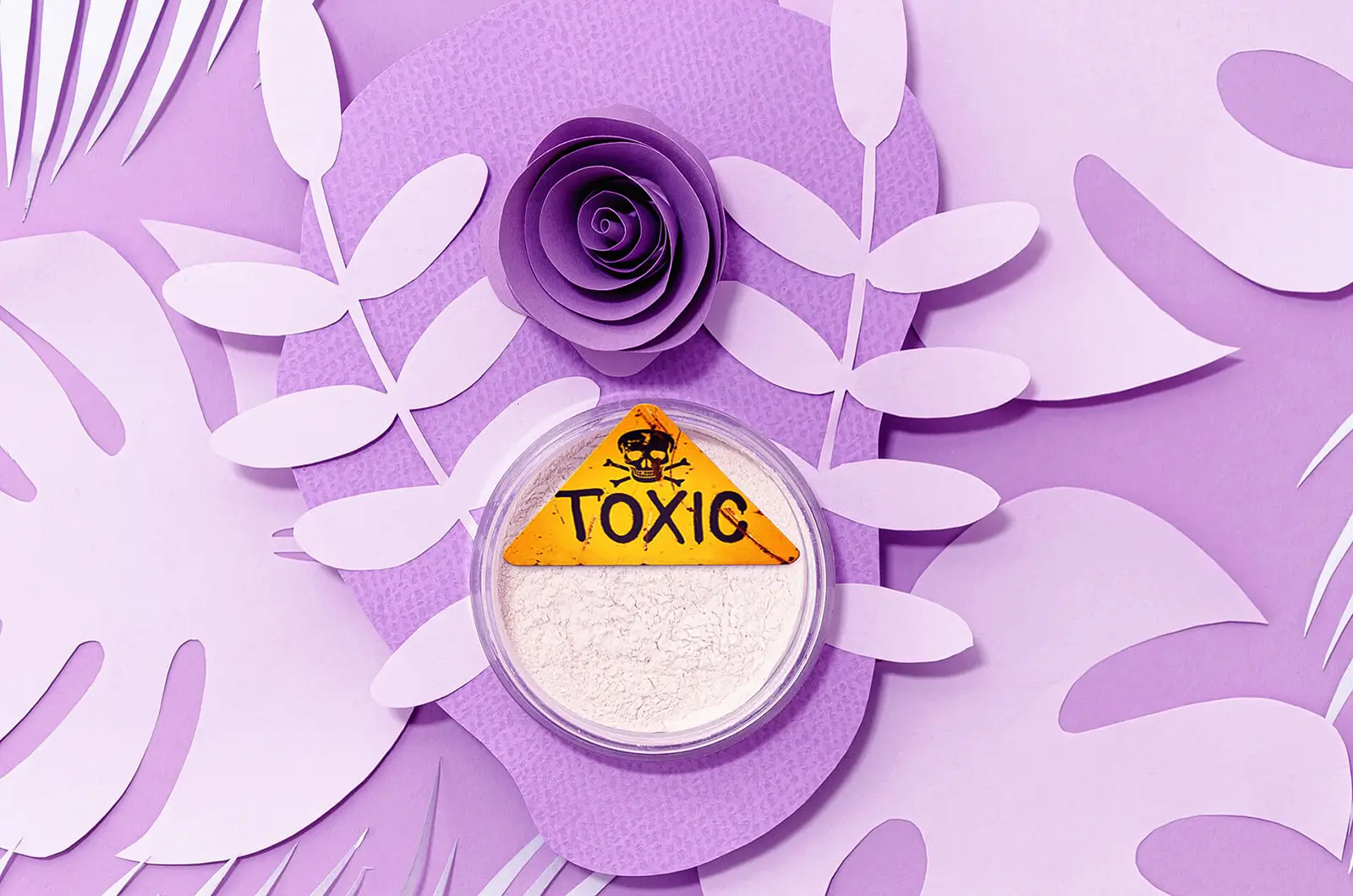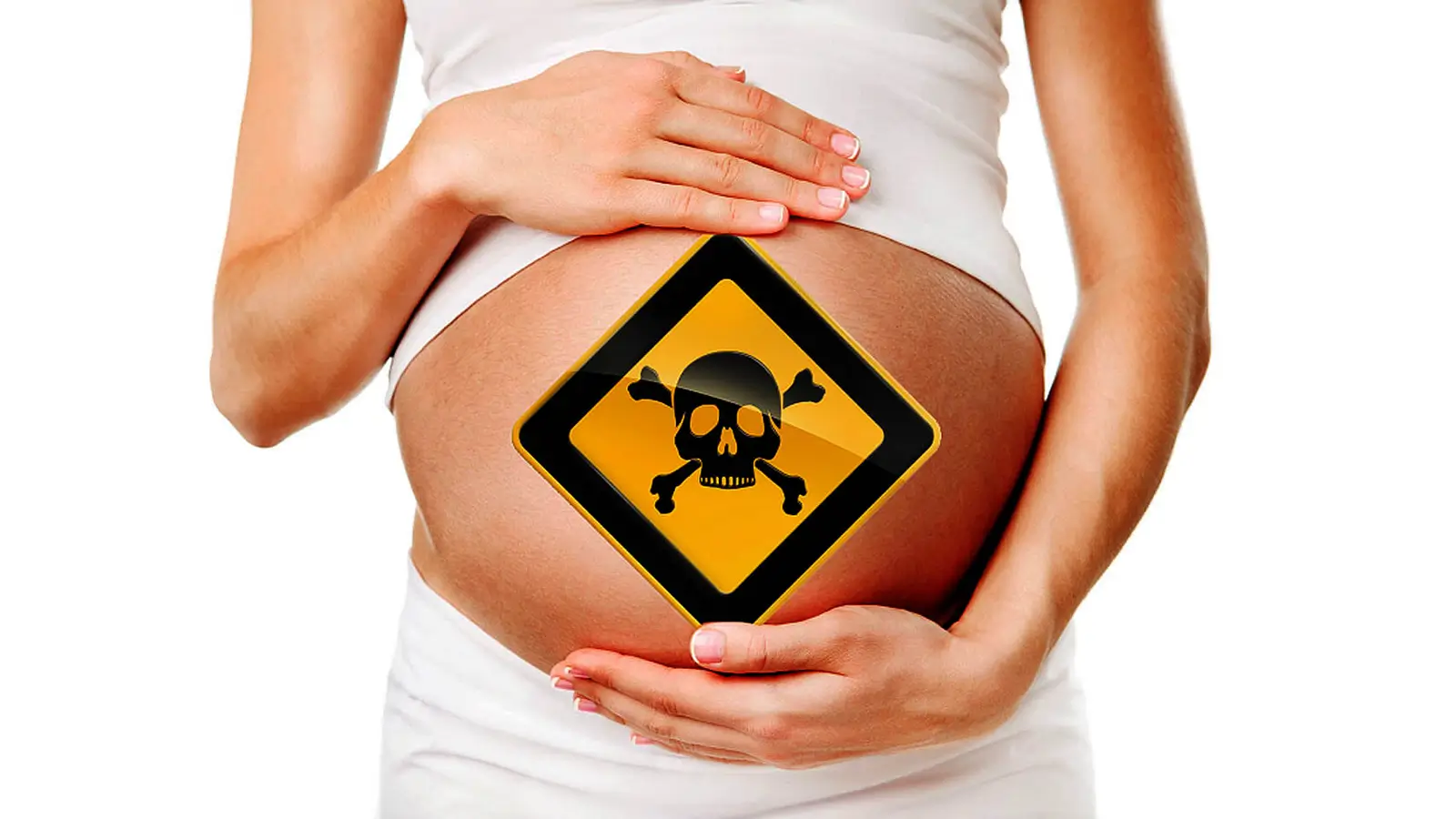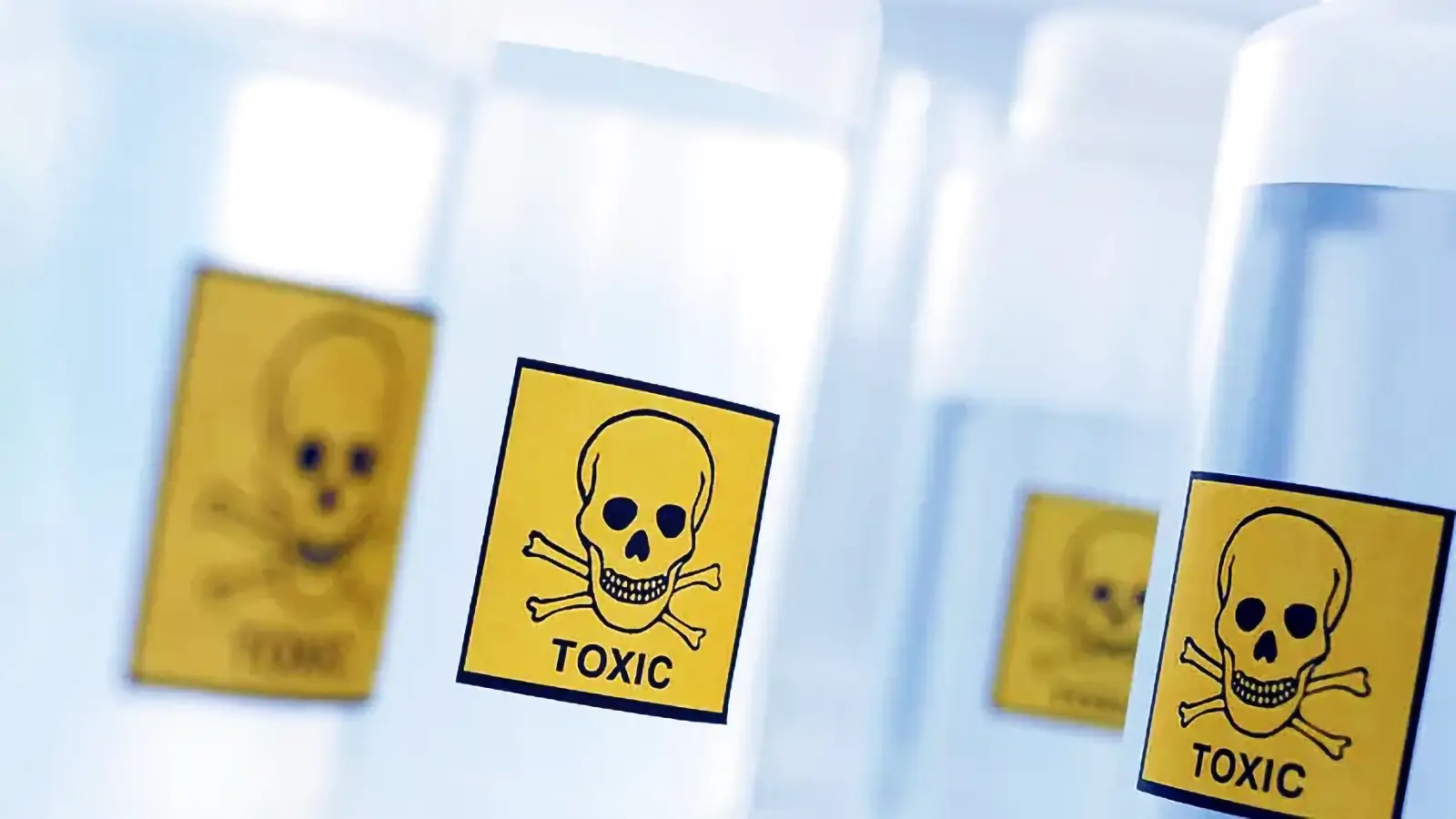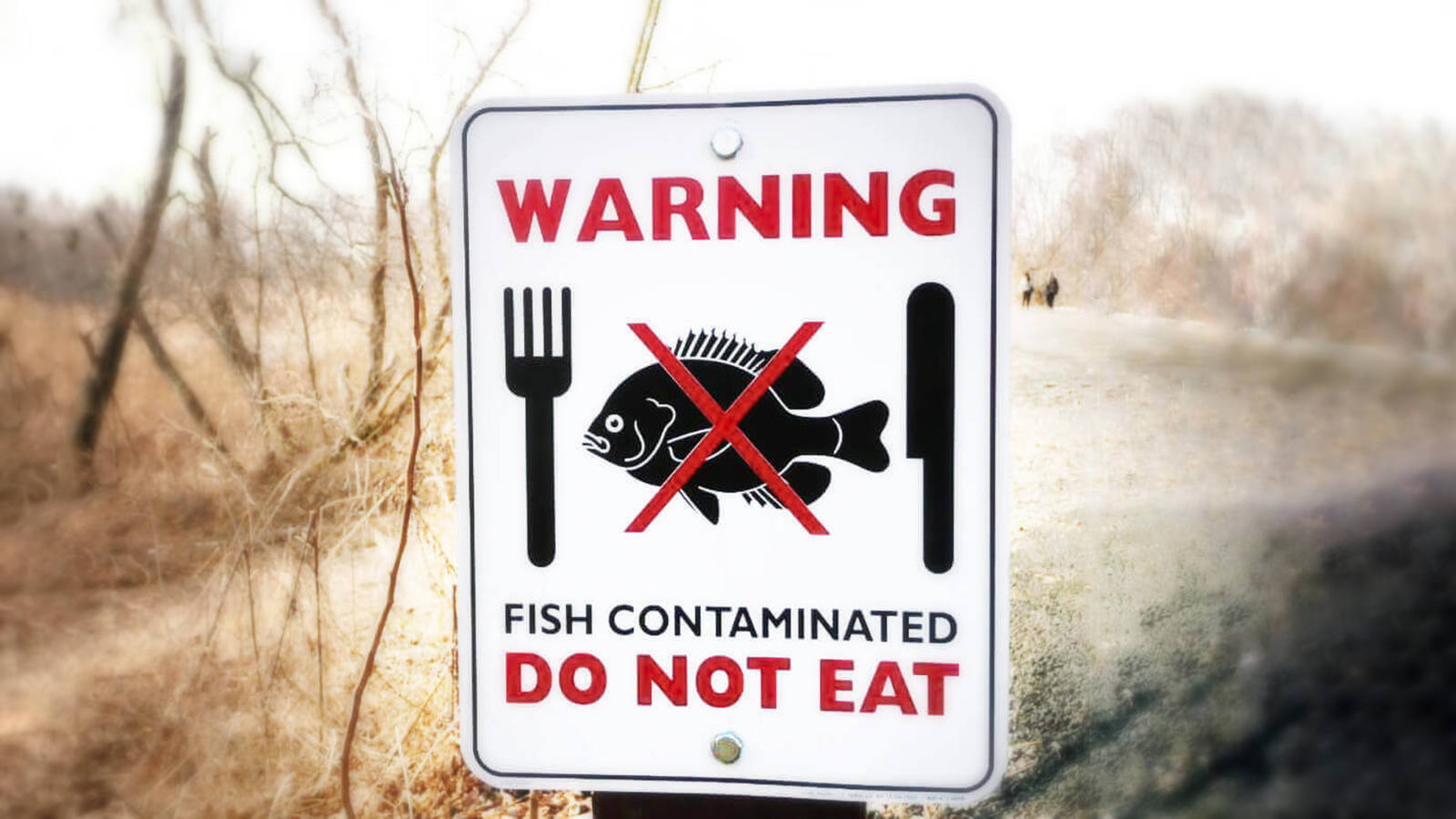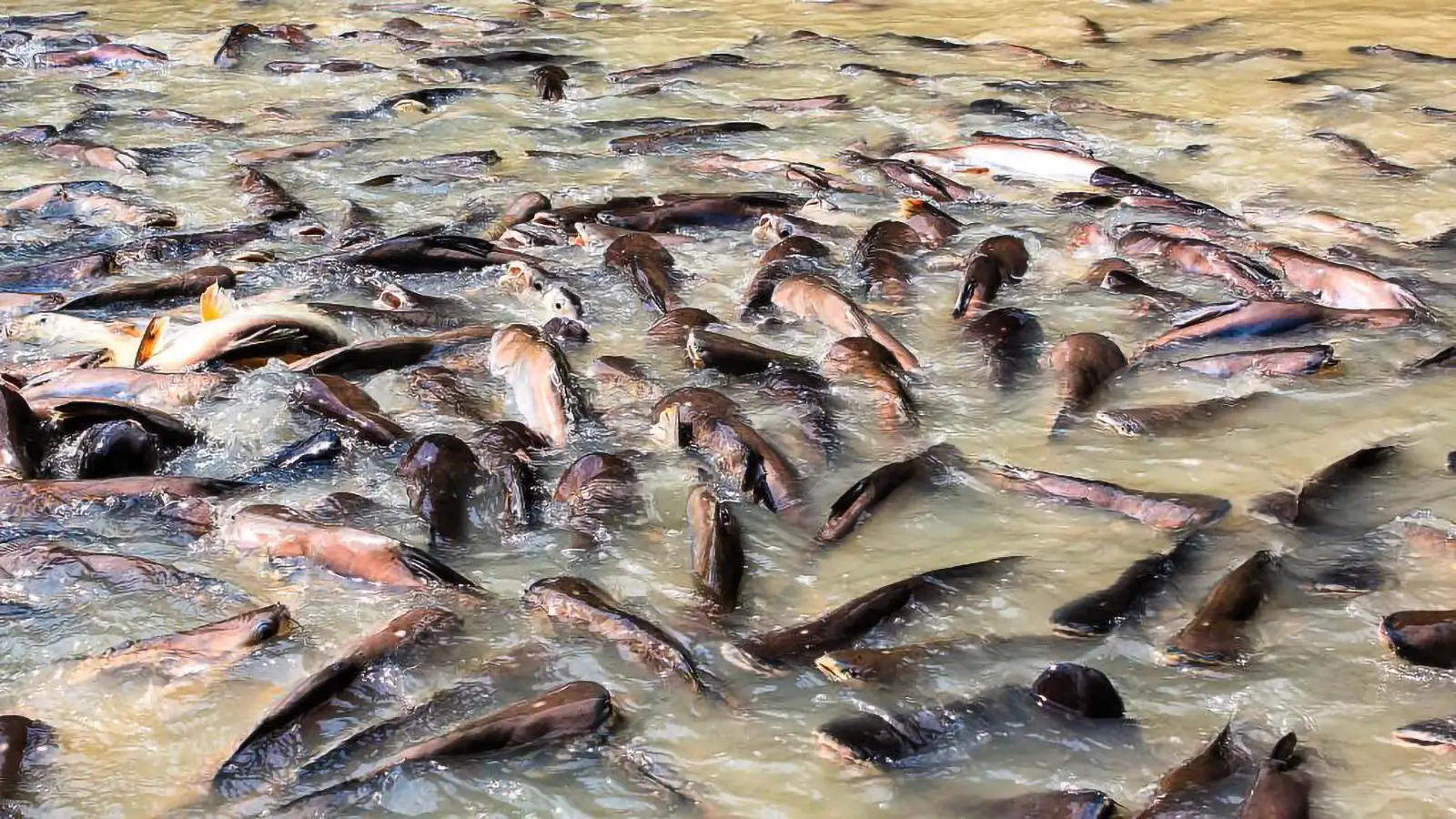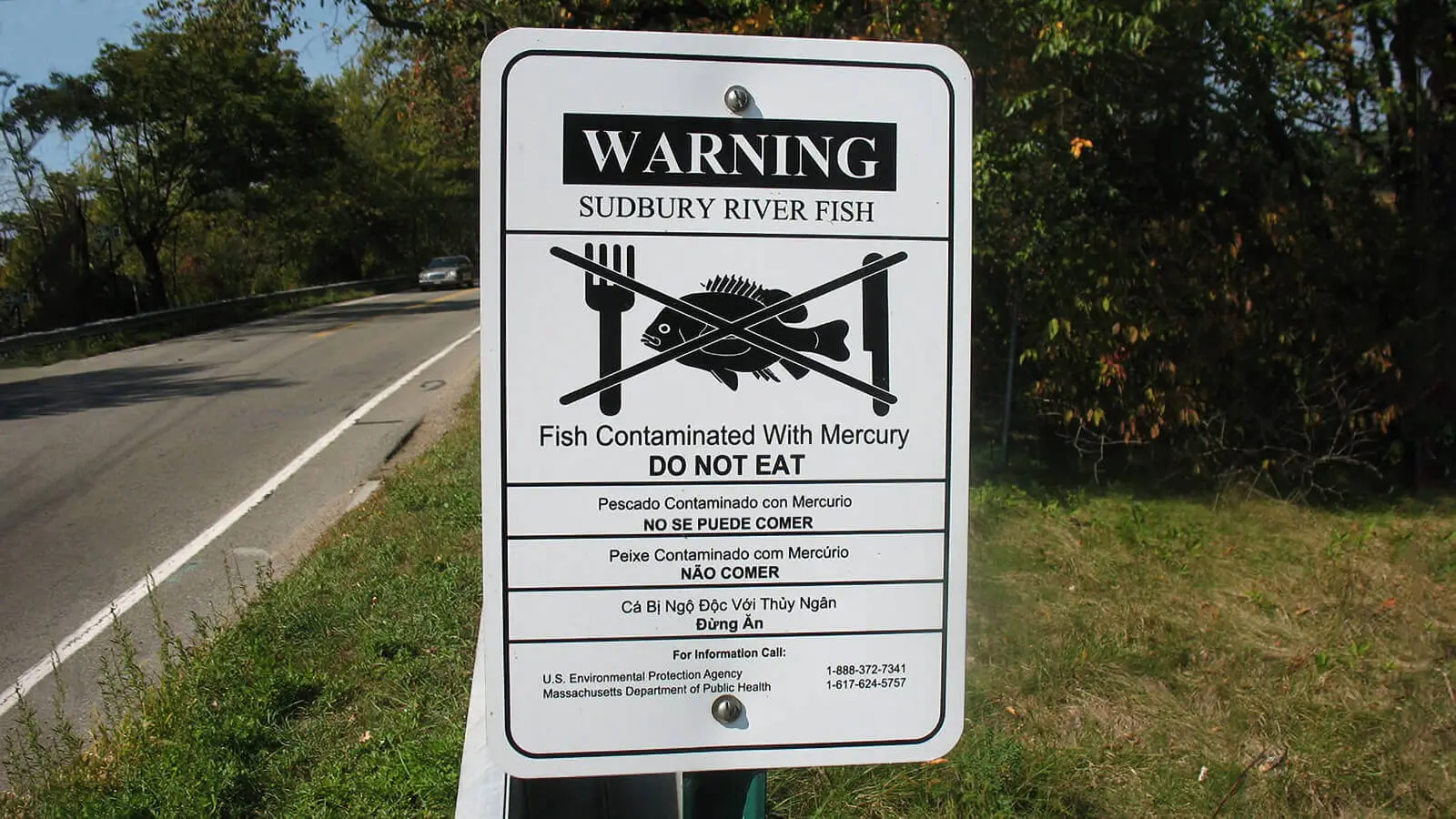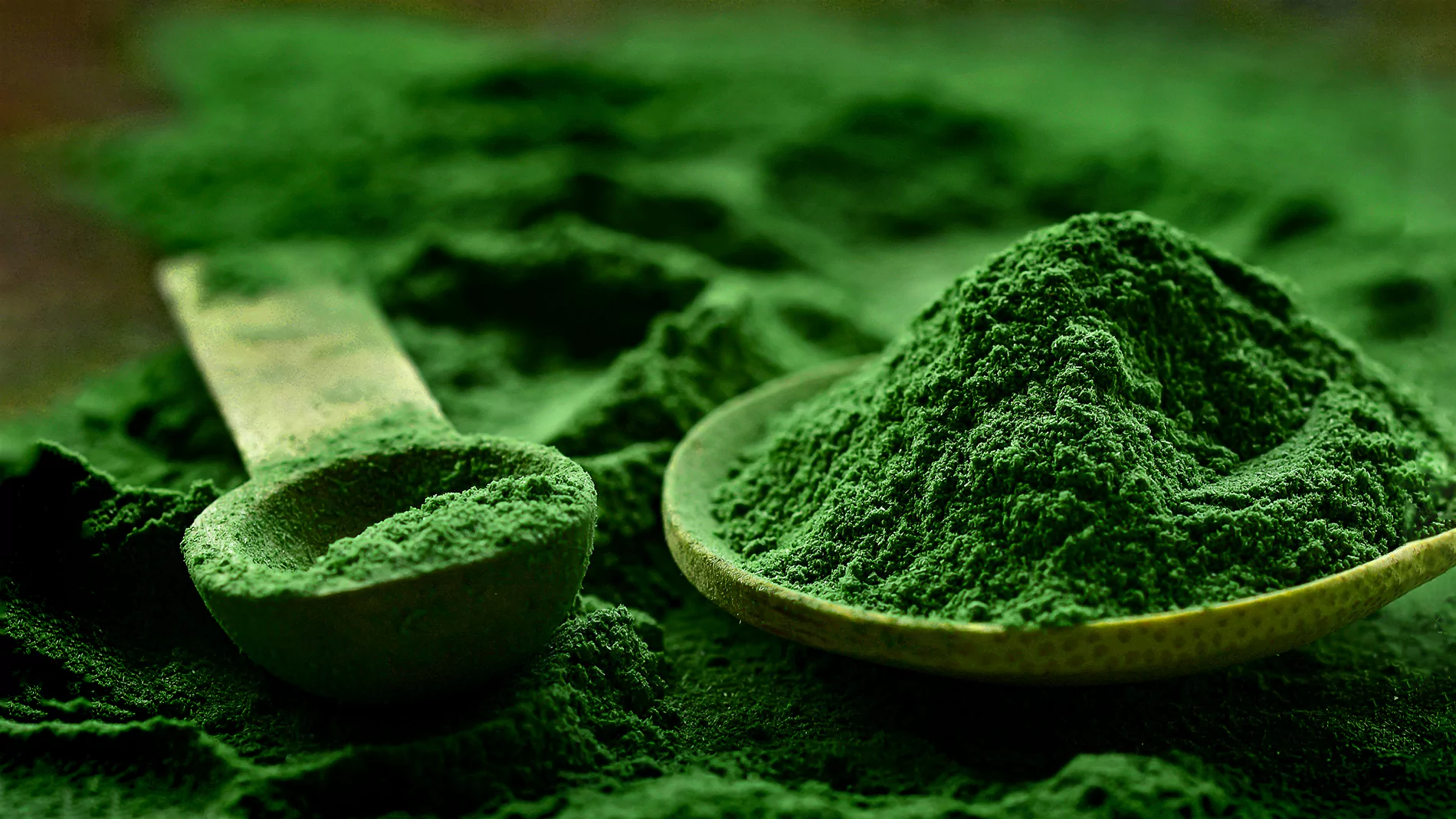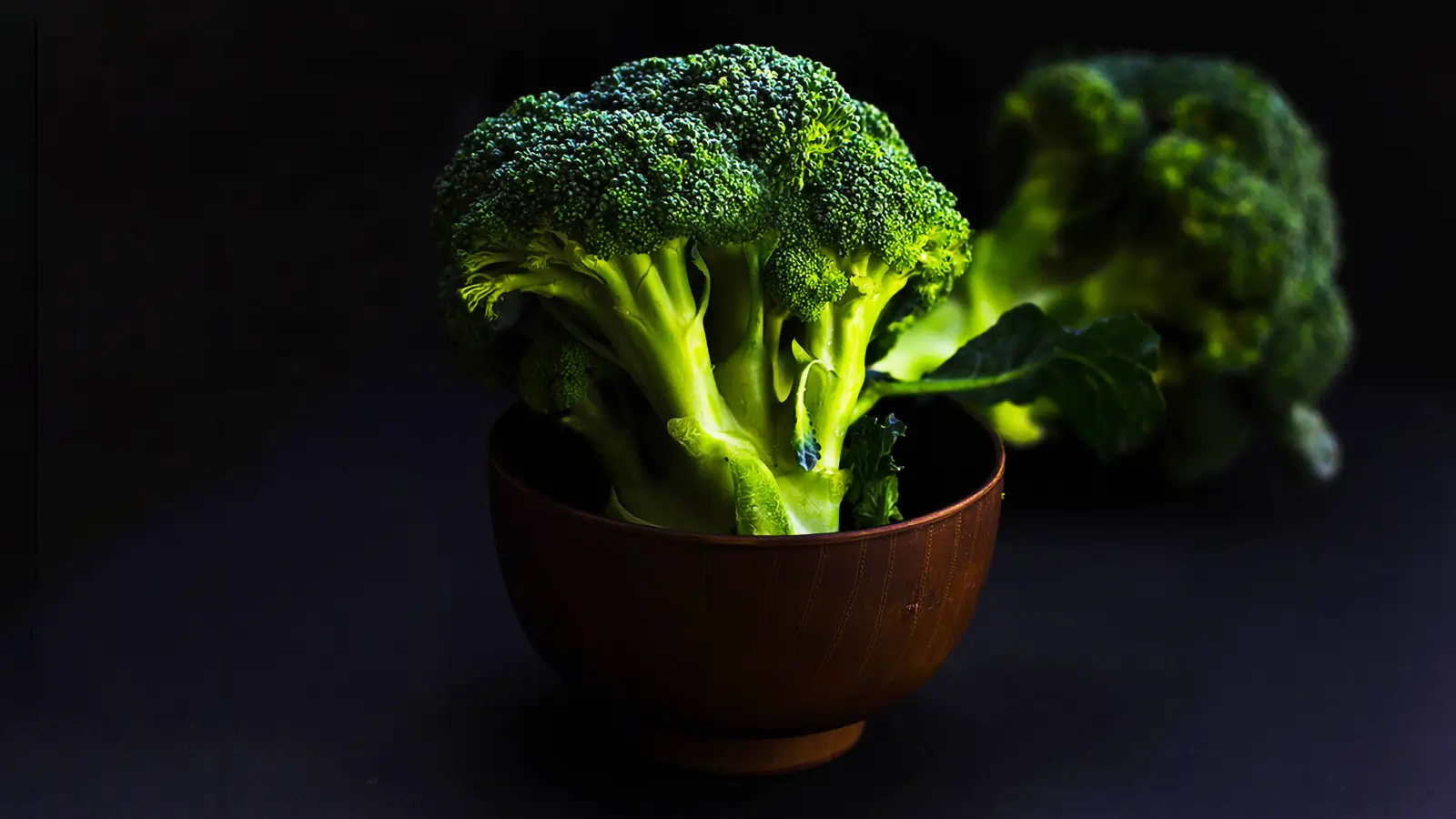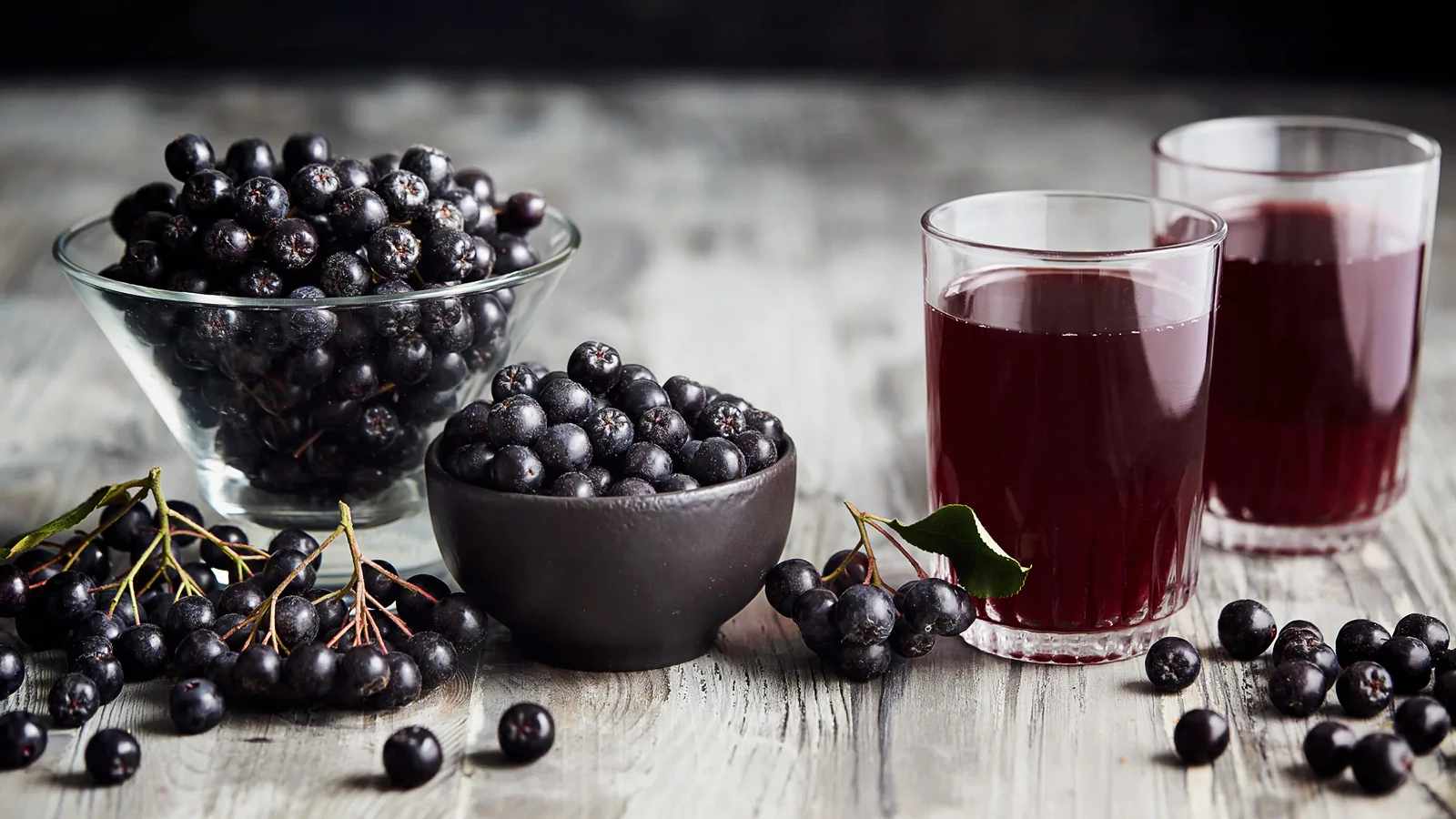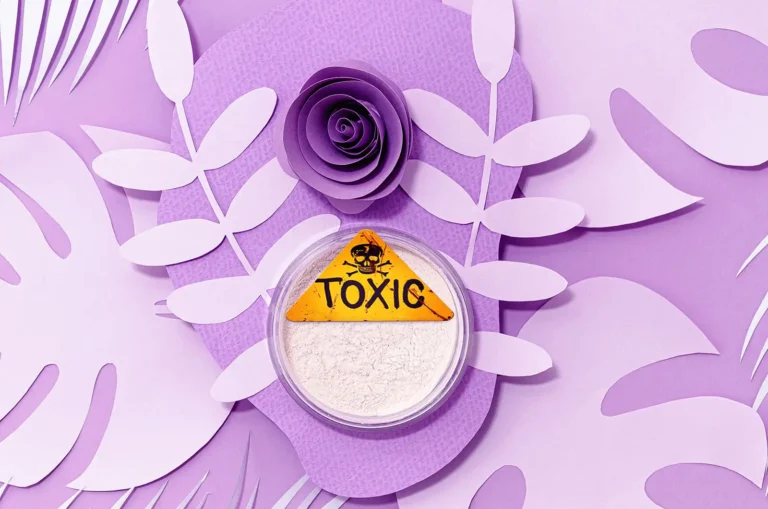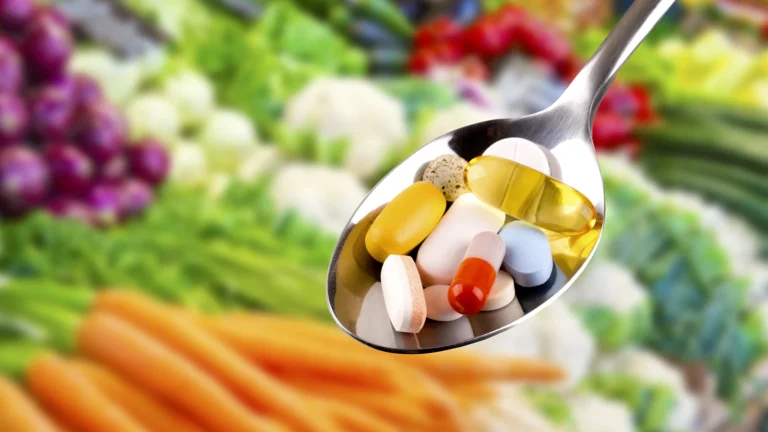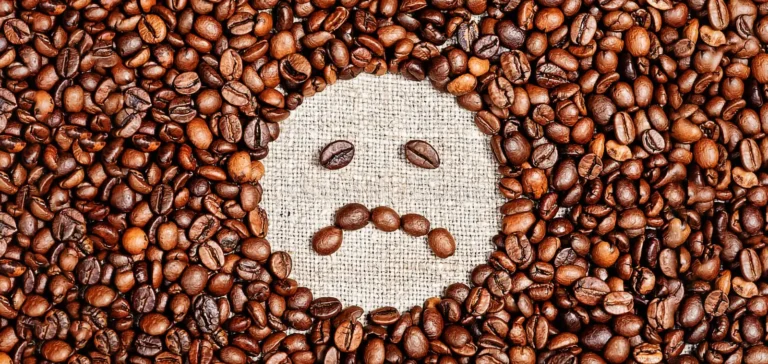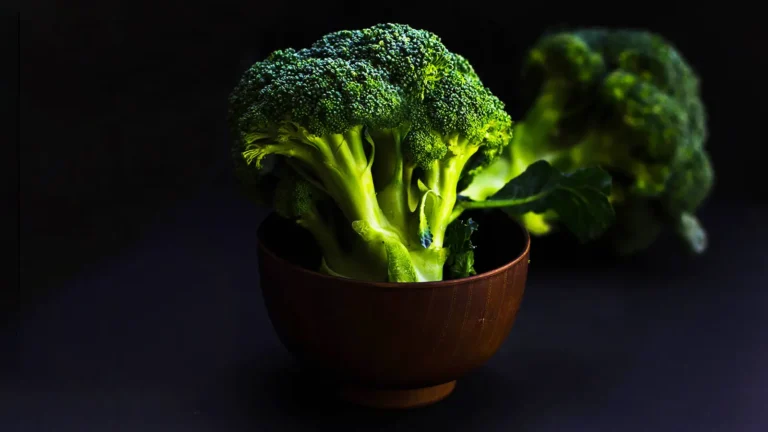Detoxification – A Scientific Review
There are programs of dieting designed to help reduce inflammation and overall body toxicity and increase detoxification that are backed by science.
Milos Pokimica
Written By: Milos Pokimica
Medically Reviewed by: Dr. Xiùying Wáng, M.D.
Updated June 9, 2023When people talk of detoxification and cleansing protocols somehow it turns into esoteric pseudoscience. It is true that most of the detox diets out there are not scientifically proven. It is also the truth that most of the natural traditional detoxifying herbs are also not scientifically proven. However, again some of the detoxification protocols have been around for thousands of years of traditional use.
In the end, the best detoxification is to stop absorbing toxins in the first place. This means eating food that is low on a food chain to avoid the bioaccumulation of all of the POPs (persistent organic pollutants) in a food chain. That is the only real way to lower our toxic load and avoid the negative health effects of environmental pollution. Toxicity can kill you. It might be directly or it might be true cancer or it can create permanent and lasting chronic health diseases. The situation is serious and much more serious than most people realize. People like to think about detoxification in the form of an awesome fun weekend diet to make and pick for Instagram. WHO estimates are that environmental pollution is responsible for the deaths of millions of people globally every year directly and is responsible for tens of millions of chronic conditions that range from permanent disability to cancer.
There are programs of dieting that are designed to help reduce inflammation and overall body toxicity that are backed by science. They are all based on a natural (meaning in line with human evolution) whole food plant-based diet with a low level of environmental toxin exposure. That is it. It is our body or in other words, our liver that does the majority of the detoxification of all the chemicals that can’t be dissolved in water. Water-soluble chemicals are mostly removed and detoxification is done with the help of the kidneys.
If you think that you can eat most of the time anything that you want and go on some detoxification cleansing diet for a month or two, in reality, this will have no long-lasting effects. We can find this line of thinking in Traditional Chinese Medicine for example, or in the tradition of Nativity Fast and The Great Fast or Lent practiced by the Eastern Orthodox Churches where only fish is allowed from all animal products, and “real” fast is even without the fish too. However, that will work no more. Most babies are born these days already with massive toxic build-up. Most children in western countries have a visible arteriosclerotic plaque by the age of 7, and a significant portion of them are obese. If we do not regulate our diet on a scientific base, meaning eat the food that science and evolution have defined not our emotional desire, any cleansing detoxification protocol is just wasting time.
There are some scientifically backed methods to lower overall body toxicity. One of them will be to eat a lot of fiber.
Fiber is bound to an excess of estrogen in the body and can have protective effects against hormonal cancers like breast cancer. Because of all of the xenoestrogens eating an adequate amount of fiber is the right decision. Also, all fat-soluble molecules like cholesterol can only be detoxified by pushing them directly into the digestive tract in the hope that they will bond with fiber and leave the body by excrement and not by kidneys that can only detoxify water-soluble chemicals.
Fiber-rich food intake is associated with a low level of lead, cadmium, mercury, and other heavy metals in the body too. Fiber bound itself to lead and other heavy metals in such a strong way that makes absorption impossible. Absorption happens later when probiotic bacteria dissolve some of the fiber, so it is not a fail-safe solution. However, in the end, heavy metal bioavailability from animal-based foods was higher than that from vegetable-based foods because of all of the fiber and phytochemicals (Chunhabundit et al., 2011). In this study just adding kale to the pig kidneys (one of the most abundant sources of cadmium), the toxic exposure was significantly lower. When scientists measure trace element concentrations meaning exposure to lead and cadmium in subjects who changed from a mixed diet to a lactovegetarian diet same things happen (Srikumar et al.,1992). The plasma and hair concentrations of selenium, copper, and zinc had decreased but those of magnesium had increased. Concentrations of cadmium, lead, and mercury in hair was lower. The tendency was towards the increased elimination of lead and cadmium and mercury following the change to the vegetarian diet. Within three months the levels significantly dropped and stay down for the rest of the year following the experiment. After switching back to the regular diet, they come back three years later, and levels were back up to the old high values. The story why selenium decreased by 40% in this study is because European soil (this study was done in Sweden) is severely selenium deficient. Mercury was down 20%, cadmium, and lead 50%.
There are scientifically proven specific plant species that can aid in the detoxification of heavy metals and other toxins as well because of their high antioxidant potential. Plants species, in general, have effects on the chelation of heavy metals and their elimination from the body but some phytochemicals are just stronger in chelating some heavy metals than others (Cobbett, 2000).
Curcumin, for example, became one of the healthiest and most researched plants in the last decades or so. Curcumin reduces the toxicity induced by mercury, chromium, cadmium, arsenic, copper, lead, maintains the liver antioxidant enzyme status and, prevents histological injury, lipid peroxidation, and glutathione (GSH) depletion, and protects against mitochondrial dysfunction. Curcumin has scavenging and chelating properties that can chelate or bind to heavy metals allowing them to be exerted (Ferrari et al., 2014). We do not need to take a curcumin supplement if we don’t have kidney stones; we can just eat cheap turmeric powder mixed with ground pepper (I will explain this in more detail in one of the other articles).
Particular types of fiber and carbohydrates found in seaweed also are able to stick to heavy metals and help them be released from the body. Seaweed compounds have been found to chelate (stick to and bind) different heavy metals including radioactive strontium (cancer-causing compound) from the body (Idota et al., 2013).
Cilantro is also very well-known and a great binder of heavy metals. The preventive effect of Coriandrum sativum, (Chinese parsley) on lead deposition was investigated in a couple of different studies (Aga et al., 2001).
Administration of Chinese parsley to mice significantly decreased lead deposition in the femur and severe lead-induced injury in the kidneys suggesting that it has chelation affinities toward led by some undiscovered substance contained in Chinese parsley.
Besides this, we have one of the folk remedies for all illnesses in natural medicine, garlic. When garlic is cut, crushed, or chewed, an enzyme called alliinase converts allin to allicin. Allicin in garlic is the actual active compound. It is designed to defend the plant from insects chewing on it. It is responsible for the intense odor of fresh garlic. The way we prepare garlic influences the number of beneficial compounds we receive from it. Because it is not thermostable and only gets created when cells in garlic are damaged, it must be first crushed and left alone for some time, and only when eaten raw, only then it will have its germicidal effect. What was interesting is that with the antiviral and antimicrobial properties of garlic it is also a strong heavy metal detoxifier and no garlic does not have an antiplatelet activity like aspirin. The aim of this Iranian study (Kianoush et al., 2012) was to investigate the therapeutic effects of garlic and compare it with d-penicillamine (the pharmaceutical-grade chelation therapy drug) in patients with chronic lead poisoning. They gave each subject a garlic tablet containing 400 mg of dried powder garlic which is equivalent to 1200 µg allicin or 2 g fresh garlic. Yes, 2 g of fresh garlic. In this case not raw garlic just a regular tablet supplement that you can buy in a store. The supplement will not give you bad breath. Garlic and the pharmaceutical-grade drug both reduced lead levels by 20% and the garlic had no side effects. On another hand, there are serious side effects of d-penicillamine. Allicin is known as a chelating agent in the treatment of lead poisoning but also that S-allyl cysteine and S-allyl mercaptocysteine, both substances found in garlic extract, inhibit lead absorption directly from the gastrointestinal tract. In addition, garlic had more clinical improvement than d-penicillamine in a number of clinical manifestations including irritability, systolic blood pressure, headache, and decreased deep tendon reflex. The reason for this is that chelation drugs can only reduce blood levels. The problem is that the heavy metals are not just in the blood but are in the cells and the body’s own mechanism must remove them from the cells where chelation drugs have no impact. However, it looks like garlic did it just by itself. It helped the entire body not just blood to detoxify. Detoxifying just by drinking water is not a whole solution.
Fat in our body acts as a deposit for these toxins. When we start to lose weight toxins get released into the bloodstream. If we are on a diet, it is not enough to go water fasting or juice fasting to detoxify. We need to eat fiber too. We need a lot of healthy bacteria in our intestines to protect us from food toxins and release chemicals that our body needs, and we will only get them from fiber-rich food.
Another scientifically-backed method is to eat antioxidants to neutralize the significant amount of these toxins from doing damage to our DNA. In terms of how much antioxidants I will suggest at least 40.000 units on an ORAC scale.
We need antioxidants and fiber-rich toxin-free meals so in other words broccoli, carrots, kale, apples, and other vegetables and fruits. That is a healthy diet detoxification plan. Coffee enemas not so much.
A large amount of fiber in the diet will clean our intestines and feed our probiotic bacteria at the same time. If we want, we can add activated charcoal to the mix to clean our intestines from the inside. What activated charcoal does is it allows harmful drugs and toxins that are in the gut to bind to it. Its permeable surface has a negative electric charge. That is like an antioxidant just it is not, it does not neutralize anything it just binds to it and gets it out. It attracts positively charged ions and gas, and all oxidants and toxins are bound until you poop. This is the reason activated charcoal is often used among patients who suffered from a drug overdose or poisoning since it assists the body in eliminating these unwanted materials by attaching and not allowing them to go free and enter the bloodstream. It is a common ingredient in water filter systems as well because it can trap pesticides, solvents, industrial waste, chemicals, and other impurities.
Besides fiber, we need a large number of antioxidants to protect our cells from toxic damage. Only on top of that, we can try to do commonly known detoxifying methods like drinking a lot of herbal teas and distilled water and green and other vegetable juices, but again we should do that every day just as part of our regular lifestyle and diet. We can only live healthily and help our bodies do the job. Anything else like detoxifying from time to time will lead to disease.
Some scientifically proven chemicals can help our liver do a better job at detoxifying but it is just an addendum. The liver is the most crucial organ in detoxification besides the kidneys and then the intestinal tract, from the mouth to the colon. The intestinal tract does not only have the task of digestion but also of the elimination of toxins and the prevention of toxins from food to enter the blood at the first stage. Lungs and bronchi also remove toxins in the form of carbonic gas. If the liver, lungs, and kidneys do not detoxify efficiently, the body needs help from the skin that removes toxins in the form of crystals. Crystals are the remains of the breakdown metabolism of food rich in protein, such as eggs, fish, meat, and dairy. Urea is part of the group of crystals.
If you have a strong odor, it might even have clinical significance. If the insulin level drops, the body begins to break down fat for fuel, which leads to a buildup of ketones. That accumulation, in turn, may produce a change in body odor, and it might be a sign it is time to see a doctor. If you want to do a trendy keto diet full of protein and low in carbs, you need to know that you are going to have a change in body odor and also an impact on the smell of your breath.
However, the skin or any other organ is not the primary detoxifying engine in the body. The liver is and the kidneys.
If the liver is unable to detoxify for example in cases like cirrhosis, we die. If our kidneys are not able to detoxify we die or use modern technology to prolong our life like dialysis machines to clean our blood artificially.
References:
- Chunhabundit, Rodjana et al. “Cadmium bioavailability from vegetable and animal-based foods assessed with in vitro digestion/caco-2 cell model.” Journal of the Medical Association of Thailand = Chotmaihet thangphaet vol. 94,2 (2011): 164-71.[PuMed]
- Srikumar, T S et al. “Trace element status in healthy subjects switching from a mixed to a lactovegetarian diet for 12 mo.” The American journal of clinical nutrition vol. 55,4 (1992): 885-90. doi:10.1093/ajcn/55.4.885
- Cobbett, C S. “Phytochelatins and their roles in heavy metal detoxification.” Plant physiology vol. 123,3 (2000): 825-32. doi:10.1104/pp.123.3.825
- Ferrari, Erika et al. “Curcumin derivatives as metal-chelating agents with potential multifunctional activity for pharmaceutical applications.” Journal of inorganic biochemistry vol. 139 (2014): 38-48. doi:10.1016/j.jinorgbio.2014.06.002
- Idota, Yoko et al. “Alginate enhances excretion and reduces absorption of strontium and cesium in rats.” Biological & pharmaceutical bulletin vol. 36,3 (2013): 485-91. doi:10.1248/bpb.b12-00899
- Aga, M et al. “Preventive effect of Coriandrum sativum (Chinese parsley) on localized lead deposition in ICR mice.” Journal of ethnopharmacology vol. 77,2-3 (2001): 203-8. doi:10.1016/s0378-8741(01)00299-9
- Kianoush, Sina et al. “Comparison of therapeutic effects of garlic and d-Penicillamine in patients with chronic occupational lead poisoning.” Basic & clinical pharmacology & toxicology vol. 110,5 (2012): 476-81. doi:10.1111/j.1742-7843.2011.00841.x
Related Posts
Do you have any questions about nutrition and health?
I would love to hear from you and answer them in my next post. I appreciate your input and opinion and I look forward to hearing from you soon. I also invite you to follow us on Facebook, Instagram, and Pinterest for more diet, nutrition, and health content. You can leave a comment there and connect with other health enthusiasts, share your tips and experiences, and get support and encouragement from our team and community.
I hope that this post was informative and enjoyable for you and that you are prepared to apply the insights you learned. If you found this post helpful, please share it with your friends and family who might also benefit from it. You never know who might need some guidance and support on their health journey.
– You Might Also Like –

Learn About Nutrition
Milos Pokimica is a doctor of natural medicine, clinical nutritionist, medical health and nutrition writer, and nutritional science advisor. Author of the book series Go Vegan? Review of Science, he also operates the natural health website GoVeganWay.com
Medical Disclaimer
GoVeganWay.com brings you reviews of the latest nutrition and health-related research. The information provided represents the personal opinion of the author and is not intended nor implied to be a substitute for professional medical advice, diagnosis, or treatment. The information provided is for informational purposes only and is not intended to serve as a substitute for the consultation, diagnosis, and/or medical treatment of a qualified physician or healthcare provider.NEVER DISREGARD PROFESSIONAL MEDICAL ADVICE OR DELAY SEEKING MEDICAL TREATMENT BECAUSE OF SOMETHING YOU HAVE READ ON OR ACCESSED THROUGH GoVeganWay.com
NEVER APPLY ANY LIFESTYLE CHANGES OR ANY CHANGES AT ALL AS A CONSEQUENCE OF SOMETHING YOU HAVE READ IN GoVeganWay.com BEFORE CONSULTING LICENCED MEDICAL PRACTITIONER.
In the event of a medical emergency, call a doctor or 911 immediately. GoVeganWay.com does not recommend or endorse any specific groups, organizations, tests, physicians, products, procedures, opinions, or other information that may be mentioned inside.
Editor Picks –
Milos Pokimica is a doctor of natural medicine, clinical nutritionist, medical health and nutrition writer, and nutritional science advisor. Author of the book series Go Vegan? Review of Science, he also operates the natural health website GoVeganWay.com
Latest Articles –
Plant Based News
-
Where Do Vegans Get Their Protein? The Ultimate 2025 Response
on June 29, 2025
-
Saffron Green Bean Rice
on June 29, 2025
-
Tomato Choka Salad With Chickpea Tofu
on June 29, 2025
-
How To Make This ‘Always A Winner’ Vegan Sandwich
on June 29, 2025
-
5-Ingredient Coconut And Squash Traybake
on June 29, 2025
-
Lidl Launches Round BN-Style Vegan Biscuits
on June 28, 2025
-
Vegan Mushroom Calzone
on June 28, 2025
Top Health News — ScienceDaily
- A tiny implant just helped paralyzed rats walk again—is human recovery next?on June 28, 2025
A groundbreaking study from the University of Auckland and Chalmers University of Technology is offering new hope for spinal cord injury patients. Researchers have developed an ultra-thin implant that delivers gentle electric currents directly to the injured spinal cord. This device mimics natural developmental signals to stimulate nerve healing, and in animal trials, it restored movement and touch sensation in rats—without causing inflammation or damage.
- Scientists turn beer yeast into mini factories for smart drugson June 28, 2025
A team of researchers has turned ordinary yeast into tiny, glowing drug factories, creating and testing billions of peptide-based compounds in record time. This green-tech breakthrough could fast-track safer, more precise medicines and reshape the future of pharma.
- Candy colors, THC inside: How cannabis edibles are tricking teen brainson June 28, 2025
Teens are being misled by cannabis edibles dressed up like health foods. Bright colors, fruit imagery, and words like vegan make these products look fun, natural, and safe even when they re not. A WSU study warns that this could increase the risk of underage use and urges new packaging rules based on what actually appeals to teens.
- Why asthma often comes back—even with powerful drugson June 27, 2025
Biological drugs have been a game-changer for people with severe asthma, helping them breathe easier and live more comfortably. But researchers at Karolinska Institutet have uncovered a surprising twist: while these treatments ease symptoms, they may not fully eliminate the immune cells that drive inflammation. In fact, some of these cells actually increase during treatment, suggesting the medication is managing symptoms without targeting the root cause. This could explain why asthma often […]
- Parkinson’s may begin decades earlier — and your immune system might know firston June 27, 2025
Misbehaving T cells light up long before Parkinson’s symptoms show, zeroing in on vulnerable brain proteins. Their early surge could double as an alarm bell and a target for stop-it-early treatments.
- AI sees what doctors miss: Fatty liver disease hidden in chest x-rayson June 27, 2025
Researchers in Japan created an AI that can detect fatty liver disease from ordinary chest X-rays—an unexpected and low-cost method that could transform early diagnosis. The model proved highly accurate and may offer a fast, affordable way to flag this silent but serious condition.
- Acid-busting diet triggers 13-pound weight loss in just 16 weekson June 26, 2025
Swap steaks for spinach and you might watch the scale plummet. In a 16-week crossover study, overweight adults who ditched animal products for a low-fat vegan menu saw their bodies become less acidic and dropped an average of 13 pounds—while the Mediterranean diet left weight unchanged. Researchers link the shift to lower “dietary acid load,” a hidden inflammation trigger driven by meat, eggs, and cheese.
PubMed, #vegan-diet –
- Micronutrient intake and nutritional status in 16-to-24-year-olds adhering to vegan, lacto-ovo-vegetarian, pescatarian or omnivorous diets in Swedenon June 26, 2025
CONCLUSION: Youth, regardless of dietary practice, need support to ensure adequate micronutrient intakes, particularly for vitamin D and selenium. Further research is required to evaluate iodine nutrition in Swedish youth.
- Dietary Patterns and Sustainable Lifestyles: A Multicenter Study from Latin America and Spainon June 26, 2025
Food systems interact through multiple dimensions including food security, nutrition, and planetary health. This study aims to associate different dietary patterns with sustainable lifestyles in Latin America and Spain. This was an observational, analytical, multicenter, cross-sectional survey study, with a total of 6412 participants. A self-administered questionnaire was developed in an online format in the Google Docs interface. The questionnaire was divided into sections: (1) […]
- Integrating comparative genomics and risk classification by assessing virulence, antimicrobial resistance, and plasmid spread in microbial communities with gSpreadCompon June 26, 2025
CONCLUSIONS: The gSpreadComp workflow aims to facilitate hypothesis generation for targeted experimental validations by the identification of concerning resistant hotspots in complex microbial datasets. Our study raises attention to a more thorough study of the critical role of diet in microbial community dynamics and the spread of AMR. This research underscores the importance of integrating genomic data into public health strategies to combat AMR. The gSpreadComp workflow is available at…
- Validation and adaptation of a Turkish version of the dietarian identity questionnaireon June 25, 2025
Dietarian identity reflects an individual’s cognitive, emotional, and behavioral orientation toward the consumption or avoidance of animal-based foods, including red meat, poultry, fish, eggs, and dairy. This study aimed to adapt and validate the Dietarian Identity Questionnaire (DIQ) for Turkish-speaking populations by establishing its cultural and linguistic suitability and examining dietarian identity profiles among different dietary patterns. The DIQ was adapted into Turkish and […]
- Planting Rights and Feeding Freedom: Navigating the Right to a Vegan Diet in Hospitals and Prisonson June 20, 2025
The legal recognition of veganism highlights the evolving landscape of dietary choices and their status under human rights law. This paper examines the legal status of vegan diets under the European Convention on Human Rights (ECHR), focusing on public institutions such as prisons and hospitals. By analyzing the first relevant cases before the European Court of Human Rights, it explores the protection of vegan diets under Articles 9 (freedom of thought, conscience, and religion) and 14…
Random Posts –
Featured Posts –

Latest from PubMed, #plant-based diet –
- Adherence to Mediterranean Diet and Implications for Cardiovascular Risk Preventionby Giulia Frank on June 27, 2025
Background/Objectives:Arterial hypertension, increased carotid intima-media thickness (cIMT), and arterial stiffness (AS) are recognized predictors of cardiovascular disease (CVD). Emerging evidence suggests that vascular remodeling may precede the full development of hypertension. Furthermore, body mass index (BMI), fat mass percentage (FM%), and visceral adipose tissue (VAT), are significant risk factors for cardiovascular events. Conversely, adherence to the Mediterranean diet is […]
- Fermented Fruits, Vegetables, and Legumes in Metabolic Syndrome: From Traditional Use to Functional Foods and Medical Applicationsby Karolina Bernacka on June 27, 2025
Fermentation has been used for centuries to preserve food and to obtain products with new, attractive sensory characteristics. Fermented products are a source of dietary fiber, vitamins, bioactive compounds, and probiotic bacteria with health-promoting properties. This review provides a comprehensive overview of the effects of fermented fruits, vegetables, and legumes on metabolic disturbances characterizing metabolic syndrome (MetS). Furthermore, the chemical composition, microbial […]
- Dos and Don’ts in Kidney Nutrition: Practical Considerations of a Panel of Experts on Protein Restriction and Plant-Based Diets for Patients Living with Chronic Kidney Diseaseby Massimo Torreggiani on June 27, 2025
Dietary management is a pillar of chronic kidney disease (CKD) treatment. While some rules are the same as dietary prescriptions for the general population and those suffering from other chronic diseases (energy intake, salt intake, avoidance of ultra-processed food and limited intake of animal fats), in non-dialysis-dependent patients living with CKD, the specific focus is on protein intake. Low-protein diets (LPDs) and supplemented very low protein diets (sVLPDs) have been successfully…
- Effects of Pork Protein Ingestion Prior to and Following Performing the Army Combat Fitness Test on Markers of Catabolism, Inflammation, and Recoveryby Drew E Gonzalez on June 27, 2025
Tactical athletes and military personnel engaged in intense exercise need to consume enough quality protein in their diet to maintain protein balance and promote recovery. Plant-based protein sources contain fewer essential amino acids (EAAs), while pork loin contains a higher concentration of EAAs and creatine than most other animal protein sources. This study aimed to determine whether the ingestion of plant-based or pork-based military-style meals ready-to-eat (MREs) affects recovery from […]
- Mediterranean Diet, Obesity-Related Metabolic Cardiovascular Disorders, and Environmental Sustainability: A Systematic Reviewby Sergio Rodríguez Núñez on June 27, 2025
INTRODUCTION: This article aims to provide an updated overview of the scientific knowledge regarding the interplay between the Mediterranean diet (MedD), sustainability, and cardiovascular and metabolic health.
- Employing Nutrition to Delay Aging: A Plant-Based Telomere-Friendly Dietary Revolutionby Joanna Polom on June 27, 2025
Telomere attrition is a hallmark of cellular aging, influenced by oxidative stress, chronic inflammation, and metabolic dysregulation. Emerging evidence suggests that dietary patterns rich in plant-based, minimally processed foods may influence telomere dynamics, potentially extending healthspan. This narrative review synthesizes current literature on the molecular mechanisms by which specific nutrients-such as antioxidants, polyphenols, omega-3 fatty acids, and methyl donors-affect telomere…
